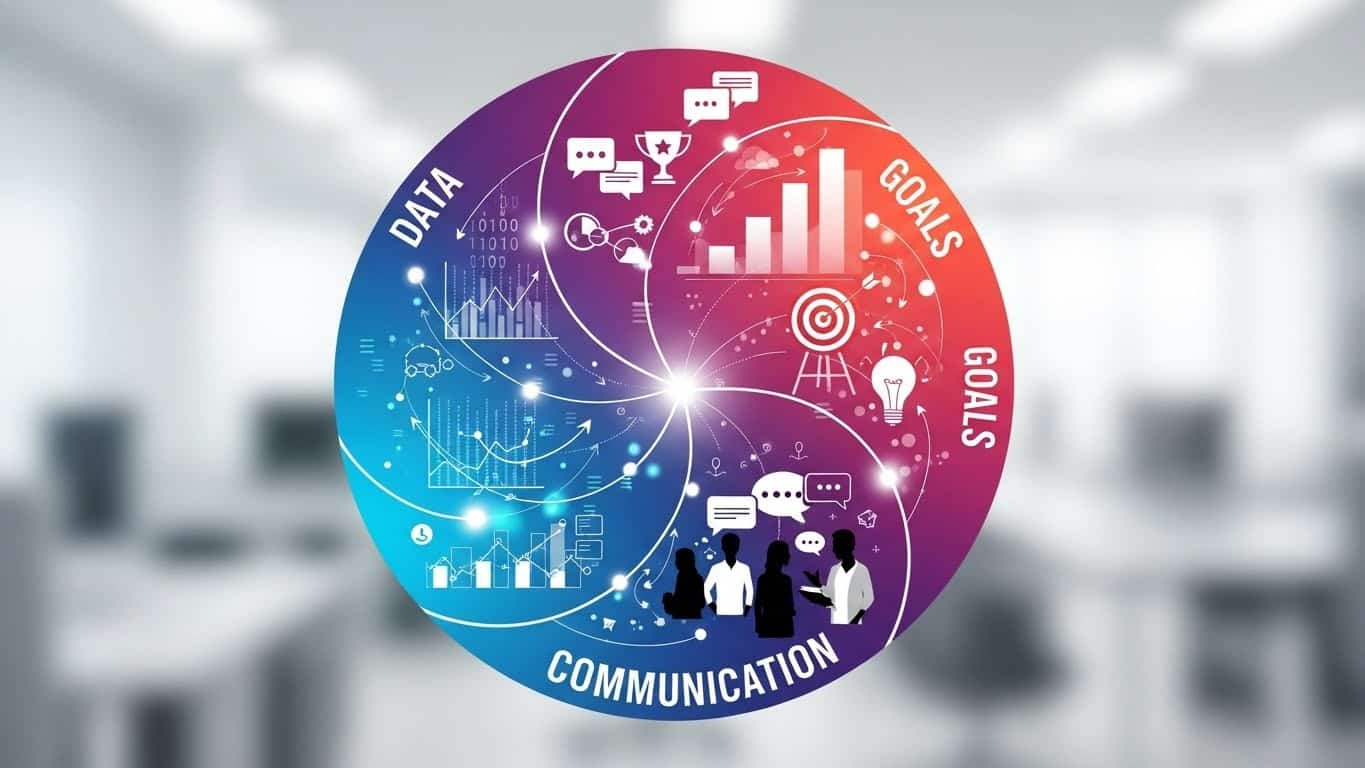Navigating the Storm: Leading Teams Through Disagreements with Grace and Strategy
It’s not the presence of conflict that defines our leadership; rather, it’s how we navigate these choppy waters that sets us apart. Embracing conflict resolution with a combination of grace, strategy, and a dash of wisdom from leading business minds can transform potential pitfalls into powerful opportunities for growth and innovation.
The Art of Disagreement
Disagreement within a team doesn’t have to spell disaster. In fact, when approached with the right mindset and techniques, it can pave the way for unprecedented breakthroughs and deepened team cohesion. The key lies in understanding the unique perspectives each team member brings to the table and leveraging these differences to foster a culture of mutual respect and collaboration.
Strategies for Effective Conflict Resolution
- Open Communication: Encourage an environment where team members feel safe expressing their thoughts and feelings. Open channels of communication are the bedrock of trust and understanding.
- Active Listening: Practice active listening by giving undivided attention to the speaker, acknowledging their points, and responding thoughtfully. This approach, highlighted by Stephen R. Covey in The 7 Habits of Highly Effective People, underscores the value of seeking first to understand, then to be understood.
- Seek Common Ground: Focus on finding common goals and interests that unite the team. Jim Collins, in Good to Great, illustrates how great teams rally around a shared vision to achieve extraordinary results.
- Facilitate Collaborative Problem-Solving: Encourage team members to participate in finding solutions together. This not only eases tensions but also enriches the team’s collective problem-solving capabilities.
- Lead with Empathy: Understand and appreciate the emotions and motivations behind each team member’s stance. Verne Harnish emphasizes the importance of emotional intelligence in leadership within Scaling Up.
- Embrace Diverse Perspectives: Recognize that differing viewpoints can be a source of strength and innovation. Adam Grant’s Think Again challenges leaders to reconsider their assumptions and stay open to new ideas.
- Maintain a Positive Focus: Keep the team’s attention on their strengths and accomplishments. Reinforce a positive outlook, even in the face of challenges, as advocated by Patrick Lencioni in The Five Dysfunctions of a Team.
The Leader’s Role: From Facilitator to Coach
As leaders, our role extends beyond mere facilitation. We are coaches, guiding our teams through the rough seas of disagreement with a steady hand and a clear vision. By embodying the principles of effective conflict resolution, we not only resolve the immediate discord but also build a resilient team culture primed for long-term success.
Conflict, when managed with skill and empathy, can become a catalyst for growth, innovation, and stronger bonds within your team. Let’s not shy away from disagreements but embrace them as opportunities to lead with greater wisdom, strategy, and effectiveness.
As you lead your teams through the ebbs and flows of disagreements, remember that the goal is not to eliminate conflict but to harness it as a tool for building a more cohesive, innovative, and resilient team. Dive into the wisdom offered by authors like Jim Collins, Verne Harnish, and Adam Grant, and watch your team thrive in the face of challenges.
Recommended Reading: Check out the book club list.
- The 7 Habits of Highly Effective People by Stephen R. Covey
- Good to Great by Jim Collins
- Scaling Up by Verne Harnish
- Think Again by Adam Grant
- The Five Dysfunctions of a Team by Patrick Lencioni
In the journey of leadership, understanding the art and science of conflict resolution is paramount. Embrace these strategies and insights from some of the world’s most respected business thinkers to lead your team through disagreements with confidence and grace.





